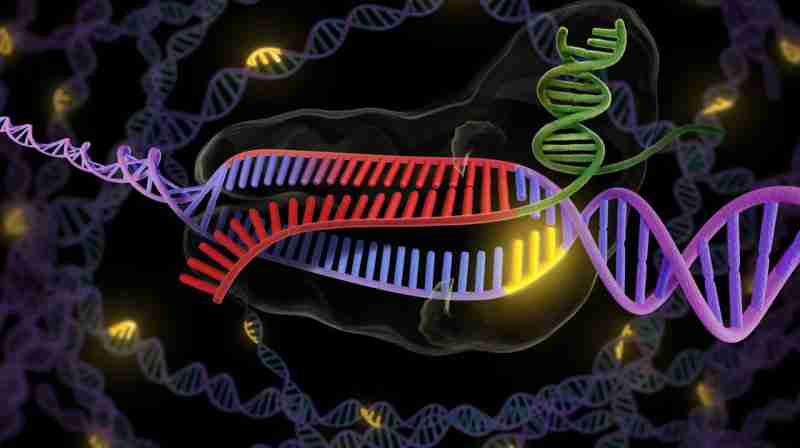CRISPR, while a major leap forward in gene editing, can still be a blunt instrument. There have been problems with CRISPR modifying unintended gene targets and making worrisome, and permanent, edits to an organism’s genome.
…
In a paper published in Science, researchers described an entirely new CRISPR-based gene editing tool that targets RNA, DNA’s sister, allowing for transient changes to genetic material. In Nature, scientists described how a more refined type of CRISPR gene editing can alter a single bit of DNA without cutting it — increasing the tool’s precision and efficiency.
…
[T]he new Science paper describes a novel gene editing tool called REPAIR that’s focused on using a different enzyme, Cas13, to edit that transient genetic material, the RNA, in cells. REPAIR can target specific RNA letters, or nucleosides, that are involved in single-base changes that regularly cause disease in humans.
This is hugely appealing for one big reason: With CRISPR/Cas9, the changes to the genome, or the cell’s recipe book, are permanent. You can’t undo them. With REPAIR, since researchers can target single bits of ephemeral RNA, the changes they make are transient, even reversible. So this system could fix genetic mutations without actually touching the genome.
The GLP aggregated and excerpted this blog/article to reflect the diversity of news, opinion, and analysis. Read full, original post: 2 new CRISPR tools overcome the scariest parts of gene editing



































